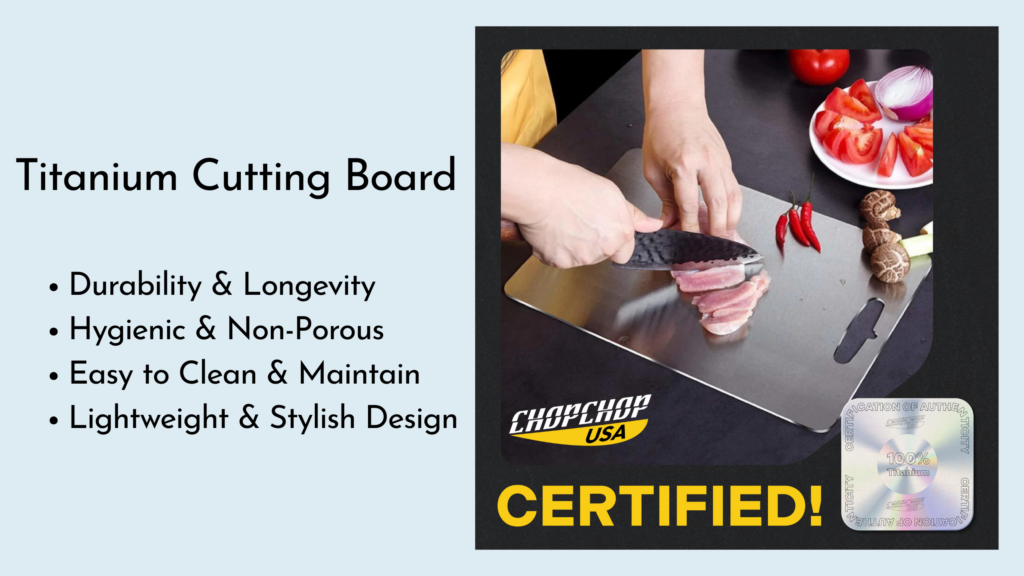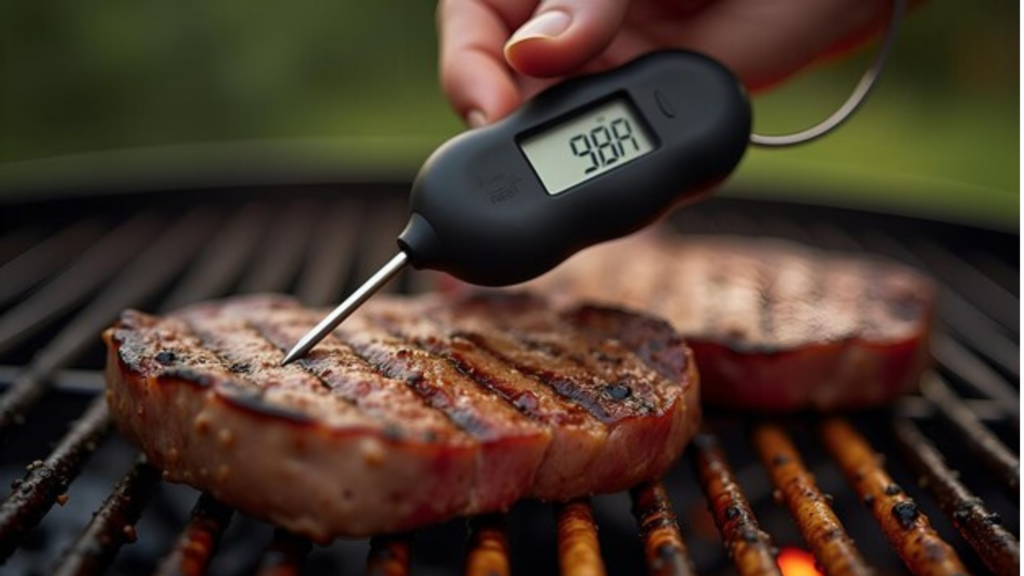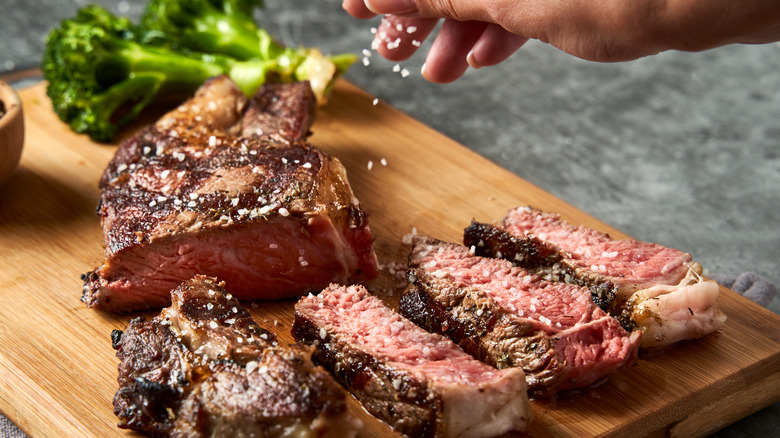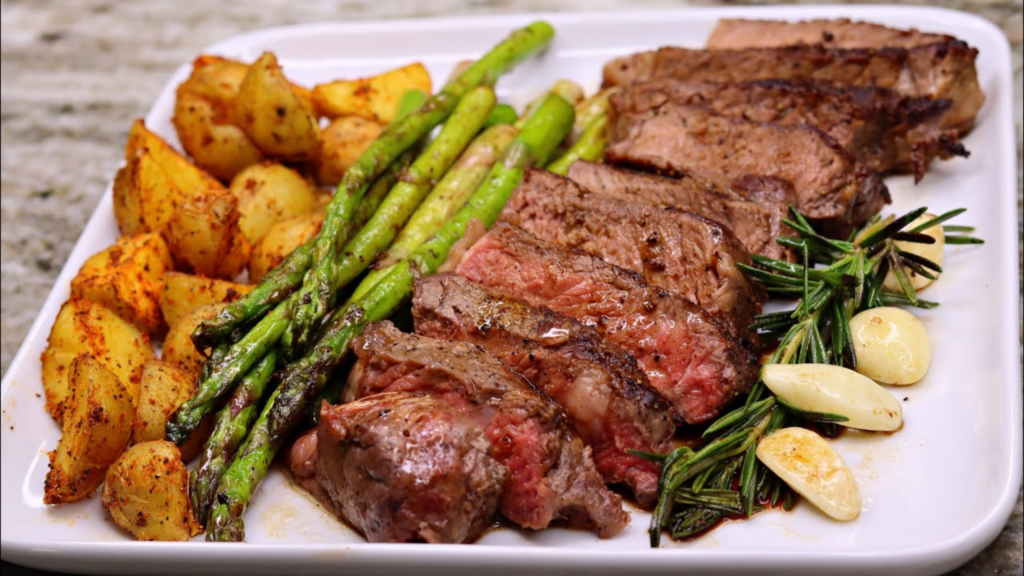Nothing beats the satisfaction of a perfectly cooked steak—juicy, flavorful, and seared to perfection. Whether you’re preparing a romantic dinner or impressing guests, mastering the art of steak cooking is essential. A great steak isn’t just about high-quality meat; it’s about the right techniques, tools, and attention to detail. In this guide, we’ll walk you through everything you need to cook the perfect steak at home, including the best kitchen tools, preparation techniques, expert cooking tips, and even ideal side dishes to complement your meal. Get ready to elevate your home-cooked steak game to a whole new level!
1. Why Cooking Steak at Home is Worth It
While restaurants offer premium steakhouse experiences, cooking steak at home has many advantages:
- Cost-effective – A high-quality steak at a restaurant can cost upwards of $50, but you can cook the same quality at home for a fraction of the price.
- Customisable – You control the seasoning, cooking method, and doneness level to suit your preference.
- Quality assurance – You get to handpick the best cuts and ingredients, ensuring top-notch quality.
- Impressive yet simple – A perfectly cooked steak is a showstopper for date nights, dinner parties, or even solo indulgence.
2. Essential Kitchen Tools for Cooking the Perfect Steak
To achieve restaurant-quality steak, having the right tools makes all the difference:
2.1. Titanium Cutting Board
A durable, non-porous cutting board is crucial for prepping steak and keeping your workspace hygienic. Titanium cutting boards resist bacteria buildup and provide a sturdy surface for slicing and seasoning your meat. [Check out the premium titanium cutting board here.]

2.2. Boning Knife
A sharp boning knife is essential for trimming excess fat and preparing your steak with precision. This ensures even cooking and prevents any chewy bits from affecting the texture. [Get the best boning knife for precise cutting.]

2.3. Cast Iron Skillet or Grill Pan
Cast iron retains heat exceptionally well, creating a perfect sear while locking in juices. A grill pan can also mimic the smoky flavors of an outdoor grill.
2.4. Meat Thermometer
Cooking steak to the right temperature is crucial. A digital meat thermometer helps you check doneness without cutting into the meat and losing precious juices.

2.5. Tongs
Avoid piercing the steak with a fork, which releases juices. Instead, use tongs to flip and handle your steak safely.
3. Choosing the Best Steak Cut
The quality of your steak matters. Here are some of the best cuts for a juicy, flavorful steak:
- Ribeye – Rich in marbling, making it incredibly tender and flavorful.
- New York Strip – Leaner than ribeye but still juicy with a great bite.
- Filet Mignon – The most tender cut, with a buttery texture.
- T-Bone or Porterhouse – Offers both a strip steak and a tenderloin in one cut.
- Sirloin – A budget-friendly option with a balance of flavor and tenderness.
4. How to Choose Quality Meat
4.1. Look for Marbling
Marbling (intramuscular fat) is essential for flavor and tenderness. The more marbling, the juicier the steak.
4.2. Choose the Right Grade
- Prime – Highest quality, with abundant marbling (often found in top steakhouses).
- Choice – Great quality with moderate marbling (commonly available in supermarkets).
- Select – Leaner and less flavorful, but still good with the right cooking technique.
4.3. Opt for Dry-Aged or Wet-Aged Beef
Aged beef has a richer, more concentrated flavor. Dry-aged beef is exposed to air for weeks, allowing enzymes to break down muscle fibers, while wet-aged beef is vacuum-sealed and aged in its own juices.
5. Step-by-Step Guide to Cooking the Perfect Steak
Follow these steps to achieve steakhouse-quality results at home.
Step 1: Preparing the Steak
- Bring to Room Temperature – Remove the steak from the fridge at least 30 minutes before cooking to ensure even cooking.
- Pat Dry – Use paper towels to remove excess moisture for a better sear.
- Season Generously – Use coarse salt and freshly ground black pepper. Optionally, add garlic powder, smoked paprika, or a touch of rosemary.
Step 2: Searing the Steak
- Preheat the Skillet – Heat your cast iron skillet over high heat for about 5 minutes.
- Add High-Smoke Point Oil – Use avocado, canola, or vegetable oil to prevent burning.
- Sear Each Side – Cook for about 2-3 minutes per side until a golden crust forms. Listen for the satisfying sizzle as your steak hits the pan, and watch the crust develop into a deep golden brown.
Step 3: Checking Doneness with a Meat Thermometer
- Rare (120-125°F) – Cool red center
- Medium Rare (130-135°F) – Warm red center
- Medium (140-145°F) – Warm pink center
- Medium Well (150-155°F) – Slightly pink center
- Well Done (160°F+) – Little to no pink
Step 4: Resting the Steak
- Let It Rest for 5-10 Minutes – This allows juices to redistribute for a tender and juicy bite.
- Add Butter and Herbs – While resting, top with butter, garlic, and fresh rosemary for extra flavor.
6. Expert Tips for a Steakhouse-Quality Meal
- Use the Reverse Sear Method – For an even, edge-to-edge doneness, slow-cook the steak in the oven at 275°F (135°C) until it reaches about 10°F (5°C) below your desired final temperature. Then, sear it in a hot pan for a beautifully caramelised crust without overcooking the inside. This method works especially well for thick cuts like ribeye and filet mignon.
- Experiment with Compound Butters – Elevate your steak by mixing softened butter with fresh herbs (rosemary, thyme, or parsley), minced garlic, lemon zest, and a dash of smoked paprika or truffle salt. Let the butter melt over the hot steak for an added layer of richness and aroma.
- Pair with the Right Wine – A perfectly cooked steak deserves the perfect wine pairing. Full-bodied reds like Cabernet Sauvignon, Malbec, or Syrah complement the steak’s savory flavors with their rich tannins. If you prefer a lighter pairing, a well-aged Pinot Noir can balance the dish beautifully.
- Rest Your Steak on a Wire Rack – Instead of placing your steak directly on a plate after cooking, rest it on a wire rack over a tray. This prevents the bottom from steaming and keeps the crust crisp.
- Use a Finishing Salt – Sprinkle a high-quality finishing salt, like Maldon or flaky sea salt, over the steak just before serving. This enhances the flavor and adds a satisfying crunch.

By following these expert tips, you’ll take your homemade steak dinner to the next level, rivaling even the best steakhouses!
7. The Science Behind a Perfect Sear
The Maillard reaction—a chemical reaction between amino acids and sugars when exposed to high heat—is what gives a steak its rich, golden crust and deep, savory flavor. This reaction occurs at temperatures above 300°F (150°C) and is crucial for achieving that steakhouse-quality sear.
To maximize the Maillard reaction and get the perfect crust:
- Ensure the steak is dry before cooking. Excess moisture creates steam, preventing proper browning. Pat the steak thoroughly with paper towels.
- Use high heat and avoid overcrowding the pan. A hot pan allows for instant caramelization. Overcrowding lowers the temperature, leading to steaming instead of searing.
- Flip the steak only once during cooking. Frequent flipping disrupts the crust formation. Let one side develop a deep scar before turning it over.
- Use a high-smoke-point oil. Oils like avocado, canola, or clarified butter prevent burning and allow for consistent browning.
- Don’t move the steak too soon. Let it naturally release from the pan before flipping—it’s a sign that the crust has properly formed.
Mastering the Maillard reaction is key to elevating your steak from ordinary to extraordinary!
8. Perfect Side Dishes for Your Steak Dinner
A steak dinner isn’t complete without the right side dishes. Here are some delicious pairings:
- Garlic Mashed Potatoes – Creamy and buttery, a classic complement.
- Grilled Asparagus – Adds a touch of freshness and crunch.
- Roasted Brussels Sprouts – Caramelized and crispy for extra depth.
- Buttery Dinner Rolls – Perfect for soaking up steak juices.
- Classic Caesar Salad – A refreshing contrast to the rich steak.
9. Quick FAQs
Can I cook steak without a cast-iron skillet?
Yes! While a cast iron skillet is ideal for heat retention and creating a perfect sear, you can also use a stainless steel pan or even a broiler for great results. If grilling, make sure to preheat your grill properly to achieve a nice crust.
How do I store leftover steak properly?
Store it in an airtight container in the fridge for up to 3 days. For best results, let it come to room temperature before reheating. Reheat gently using a low oven, skillet, or sous vide method to maintain moisture and prevent overcooking. Avoid microwaving, as it can make the steak tough.
What is the best way to season a steak?
Simple is best—coarse salt and freshly ground black pepper bring out the natural flavors of the meat. Adding a touch of butter, fresh garlic, and herbs like rosemary or thyme after cooking enhances richness. If you prefer a bold taste, try dry rubs with smoked paprika, cayenne, or garlic powder.
10. Final Thoughts
Cooking the perfect steak at home doesn’t have to be intimidating. With the right tools—like a titanium cutting board, a sharp boning knife, and a reliable cast iron skillet—you can create a mouthwatering steak dinner every time. Whether you’re a steak novice or a seasoned home chef, these tips will help you master the art of steak cooking.
Now, it’s time to fire up the skillet, season your steak, and enjoy a five-star dining experience right in your own kitchen. Happy cooking!
What’s your favorite way to season a steak? Let us know in the comments!

